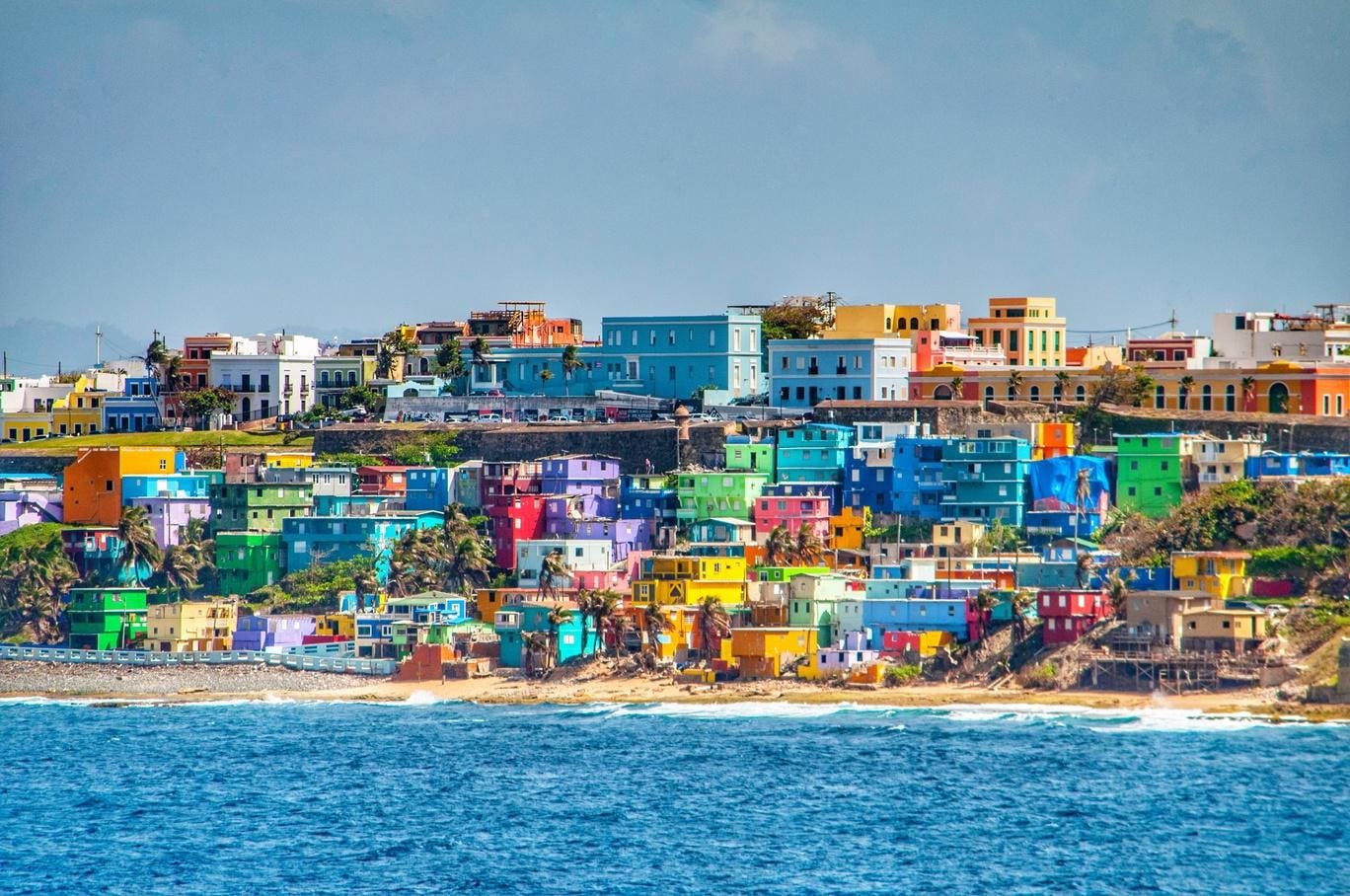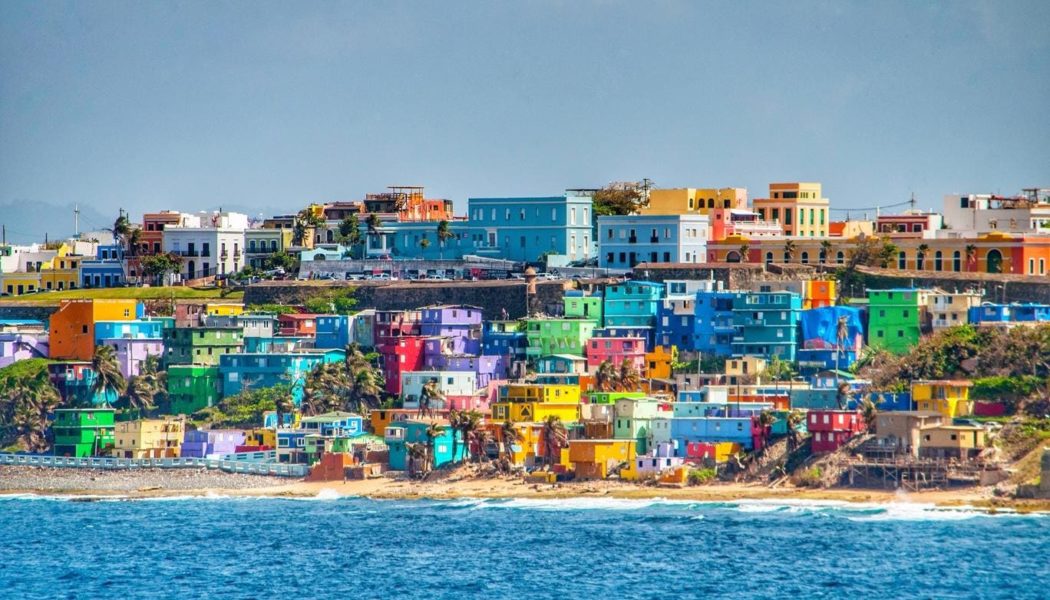
It’s not often that we think of how polluted somewhere is when we plan our travels—but data in the 2023 World Air Quality report by IQAir reveals that the air quality of some common holiday destinations might make us rethink.
There isn’t much research that investigates the impact on travelers’ health in visiting places that are heavily polluted. A 2021 study found that there were adverse health impacts of air pollution exposure on international travellers, and although these were thought to be reversible upon returning home, there were calls for more research on vulnerable populations. Another study in 2019 found that travel-related exposure to air pollution in healthy adults had led to statistically significant changes in respiratory health.
The map shows that while much of the U.S. and Europe has better air quality than other parts of the world, many of the cities across these land masses exceed WHO air quality levels by one or two times. Indeed, this is true for 124 of the 134 countries and regions with available data.
The PM2.5 concentration was measured—meaning fine particulate aerosol particles measuring up to 2.5 microns in diameter—as the primary air quality indicator for this study. These could be dust mite allergens or bacterium that emanate from sulfates, black carbon, nitrates, and ammonium. These can come from man-made sources like coal and wood burning, agricultural activities, and construction, as well as from natural sources such as dust storms, wildfires, and sandstorms. As a comparison, pollen and dust would be much bigger than these particles (10 microns).
These concentrations are measured in micrograms per cubic meter (μg/m³) and are one of many environmental indicators measured by environmental agencies to monitor pollution, and the WHO says that PM2.5 concentrations should not exceed 5 micrograms per cubic metre.
In Europe, some of the cleanest air, reports The Telegraph can be found in Iceland, which was beaten only by the quality of the air in Mauritius and French Polynesia. Estonia, Finland and Sweden also had higher air quality than other countries. The U.K. came in tenth place.
In Europe, Bosnia and Herzegovina has the worst air quality, on a par with Uganda and Senegal. Crucially too, many European holiday hotspots came quite high on the list of countries with poor air quality, places like Turkey, Albania (a favorite 2024 destination) and Greece.
In the U.K., there were only four places that meet the WHO guidelines of 5 micrograms or less per cubic metre—Newton Abbot in South Devon, Redcar in North Yorkshire, Stape in North Yorkshire and Chirk in Wales. Scotland fares better, with Edinburgh (4.9), Motherwell (4.1) and Inverness (4.5) among those making the cut.
Further afield, New Zealand and Australia fare well (sixth and seventh spot for cleanest air respectively) but Asia houses 97 of the 100 most polluted cities on Earth with 83 located in India. As an idea, the most polluted city (for air pollution) is Begusarai, on the Ganges river in northeast India with an average annual PM2.5 reading of 118.9 µg/m3.
There were seven global cities with the best air quality—that within the WHO zone —with San Juan in Puerto Rico (2.7) coming in first place, followed by Wellington in New Zealand, Canberra in Australia, and Reykjavik in Iceland (3.4). Hamilton in Bermuda, Tallinn in Estonia and Helsinki in Finland round out the list. Only 6.7% of European cities, though, meet the WHO guidelines.
After two years of war, Ukraine reported decreasing air quality due to military vehicle and aircraft emissions and the need to use solid fuel sources to heat homes.
In the U.S., 14% of U.S. cities meet the WHO requirements but the Canadian wildfires that burnt an area roughly half the size of Germany from May to October 2023 radically reduced the air quality. As a result, the report states that in some cities, “including Minneapolis and Detroit, annual averages rose by 30 to 50% compared to the previous year.” The most polluted major city in the U.S. was Columbus, Ohio, for the second year in a row.
It’s good news for travelers to Wyoming, Colorado, Arizona and New Mexico as these states experienced the lowest PM2.5 levels in the continental United States, with Tucson, Arizona (3.5 µg/m3 ) and Albuquerque, New Mexico (4 µg/m3 ) both reporting annual averages that meet the WHO guideline levels.
There are many things travelers can do to lower their own personal air pollution footprint, notably bike, walk, or use public transport where possible, as well as reducing their energy consumption.
Many countries could not be included in the report although these also tend to be places that have lower levels of tourism, such as Chad, Sudan and Iran, where there is a lack of publicly available monitoring data.
Data is gathered in 134 regions and countries using 30,000 ground-level air monitoring stations, as well as low-cost air quality sensors operated by institutions, governmental bodies, universities, non-profits, private companies, and citizen scientists.









